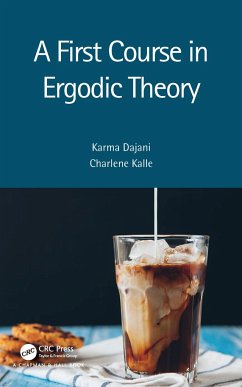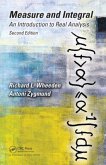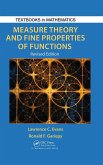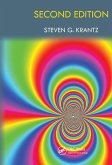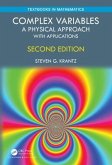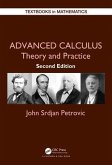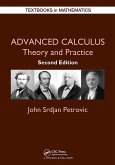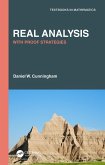A First Course in Ergodic Theory provides readers with an introductory course in Ergodic Theory. This textbook has been developed from the authors' own notes on the subject, which they have been teaching since the 1990s. Over the years they have added topics, theorems, examples and explanations from various sources. The result is a book that is easy to teach from and easy to learn from - designed to require only minimal prerequisites.
Features
Suitable for readers with only a basic knowledge of measure theory, some topology and a very basic knowledge of functional analysis
Perfect as the primary textbook for a course in Ergodic Theory
Examples are described and are studied in detail when new properties are presented.
Features
Suitable for readers with only a basic knowledge of measure theory, some topology and a very basic knowledge of functional analysis
Perfect as the primary textbook for a course in Ergodic Theory
Examples are described and are studied in detail when new properties are presented.
"A First Course in Ergodic Theory by Dajani and Kalle provides not only a crystal clear introduction to the core of ergodic theory, but also goes down paths previously accessible only through the research literature. The book covers ergodic theorems, invariant measures, entropy and the variational principle. But it also covers piecewise monotone interval maps, Perron-Frobenius operators, natural extensions, and the useful lemma of Knopp. Another theme is the theory of conservative nonsingular and infinite measure preserving transformations. All of this is illustrated via numerous examples from (not necessarily regular) continued fractions and other number expansions, the authors' specialty. Throughout the book, the proofs patiently explain details often ignored. An excellent appendix provides a reference to needed results from topology, measure theory, probability and functional analysis."
- E. Arthur (Robbie) Robinson, Jr., Professor of Mathematics at George Washington University and co-author of The Mathematics of Politics
"This textbook is a delightful introduction to Ergodic Theory. It starts at a basic level, giving intuitive explanations and motivations, and concludes with more advanced topics such as variational principle and infinite ergodic theory. The style is very crisp, and many of the results are proved.
Examples which are primarily taken from number theory run as a red thread through the manuscript. This makes this textbook quite different from other classic textbooks on the subject. It's very easy to build an advanced UG or a postgraduate lecture course around this material."
- Sebastian van Strien, Imperial College London
- E. Arthur (Robbie) Robinson, Jr., Professor of Mathematics at George Washington University and co-author of The Mathematics of Politics
"This textbook is a delightful introduction to Ergodic Theory. It starts at a basic level, giving intuitive explanations and motivations, and concludes with more advanced topics such as variational principle and infinite ergodic theory. The style is very crisp, and many of the results are proved.
Examples which are primarily taken from number theory run as a red thread through the manuscript. This makes this textbook quite different from other classic textbooks on the subject. It's very easy to build an advanced UG or a postgraduate lecture course around this material."
- Sebastian van Strien, Imperial College London

